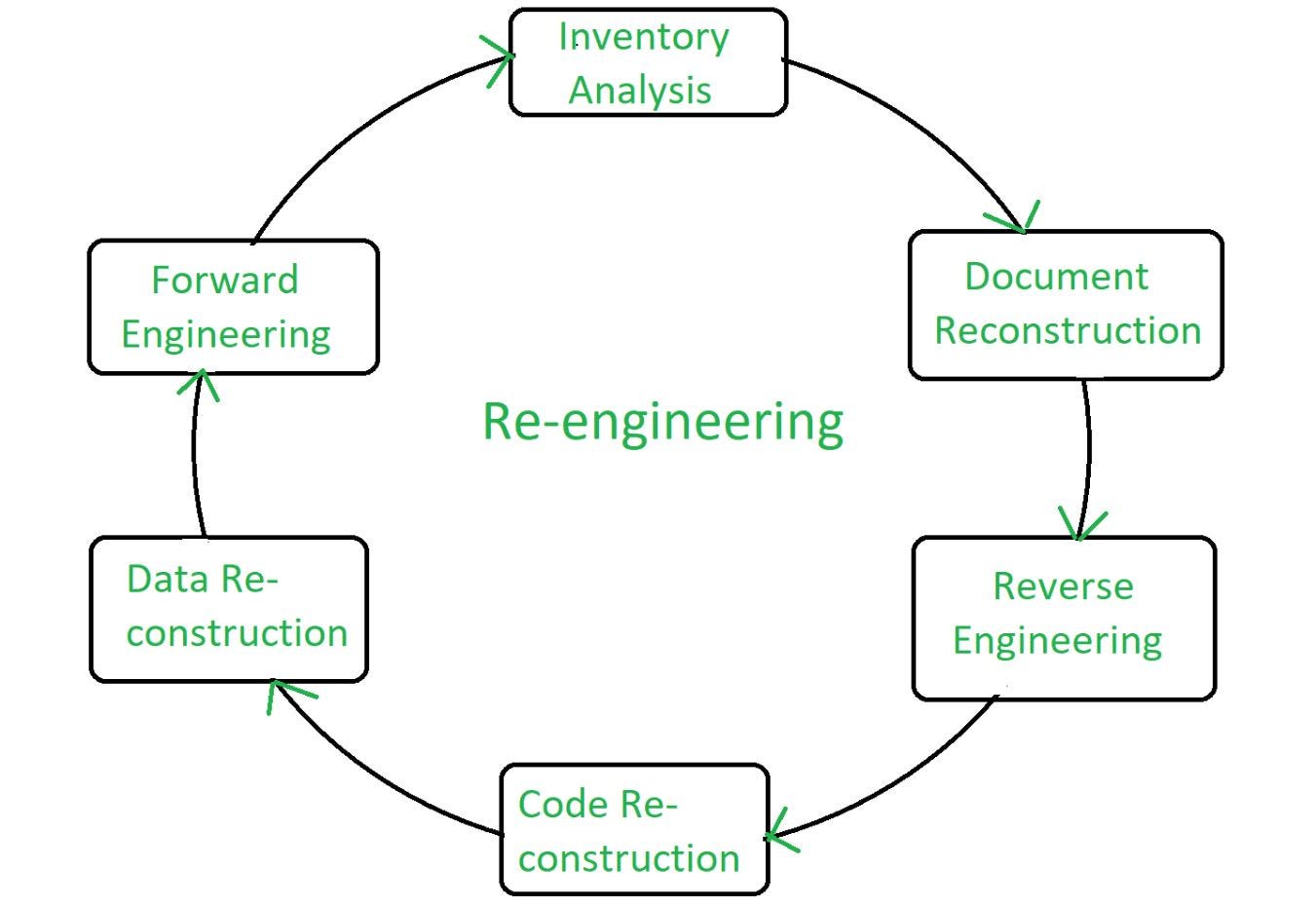Advantages of Reverse Engineering

Reverse engineering offers several advantages across various fields and industries. Some of the key advantages include:
-
Understanding Legacy Systems:
- Reverse engineering allows organizations to understand and document legacy systems that lack proper documentation or have outdated technology. This knowledge is crucial for maintaining and updating these systems to meet current requirements.
-
Interoperability and Compatibility:
- By reverse engineering proprietary or closed-source systems, developers can create interoperable software interfaces or compatibility layers. This enables integration with other systems, platforms, or technologies, fostering collaboration and data exchange.
-
Product Improvement and Innovation:
- Reverse engineering provides insights into the design, architecture, and functionality of existing products or systems. This knowledge can be leveraged to identify areas for improvement, enhance performance, and introduce new features or functionalities, driving innovation in product development.
-
Cost Reduction:
- Reverse engineering can help organizations reduce development costs by avoiding the need to build systems or components from scratch. By analyzing existing solutions, developers can leverage existing designs, algorithms, and technologies, saving time and resources in the development process.
-
Competitive Analysis:
- Reverse engineering enables organizations to analyze competitor products or technologies to gain insights into their strengths, weaknesses, and market strategies. This information can inform product development, marketing strategies, and competitive positioning in the market.
-
Security Analysis and Vulnerability Assessment:
- Security researchers and professionals use reverse engineering techniques to analyze software and hardware systems for security vulnerabilities, exploits, and hidden features. By uncovering weaknesses and identifying potential threats, organizations can improve their cybersecurity posture and protect against malicious attacks.
-
Intellectual Property Protection:
- Reverse engineering can help organizations protect their intellectual property by identifying unauthorized use or infringement of patents, copyrights, or trade secrets. By analyzing competitor products or technologies, organizations can detect instances of intellectual property theft and take appropriate legal action.
-
Education and Learning:
- Reverse engineering provides valuable learning opportunities for students, researchers, and professionals in fields such as computer science, engineering, and cybersecurity. By studying existing systems and technologies, individuals can gain practical insights, develop analytical skills, and deepen their understanding of complex systems.
Overall, reverse engineering is a versatile and powerful tool that offers numerous benefits for organizations, researchers, and developers. When conducted responsibly and ethically, reverse engineering can drive innovation, improve product quality, enhance security, and foster collaboration in the global marketplace.
Thank you,
